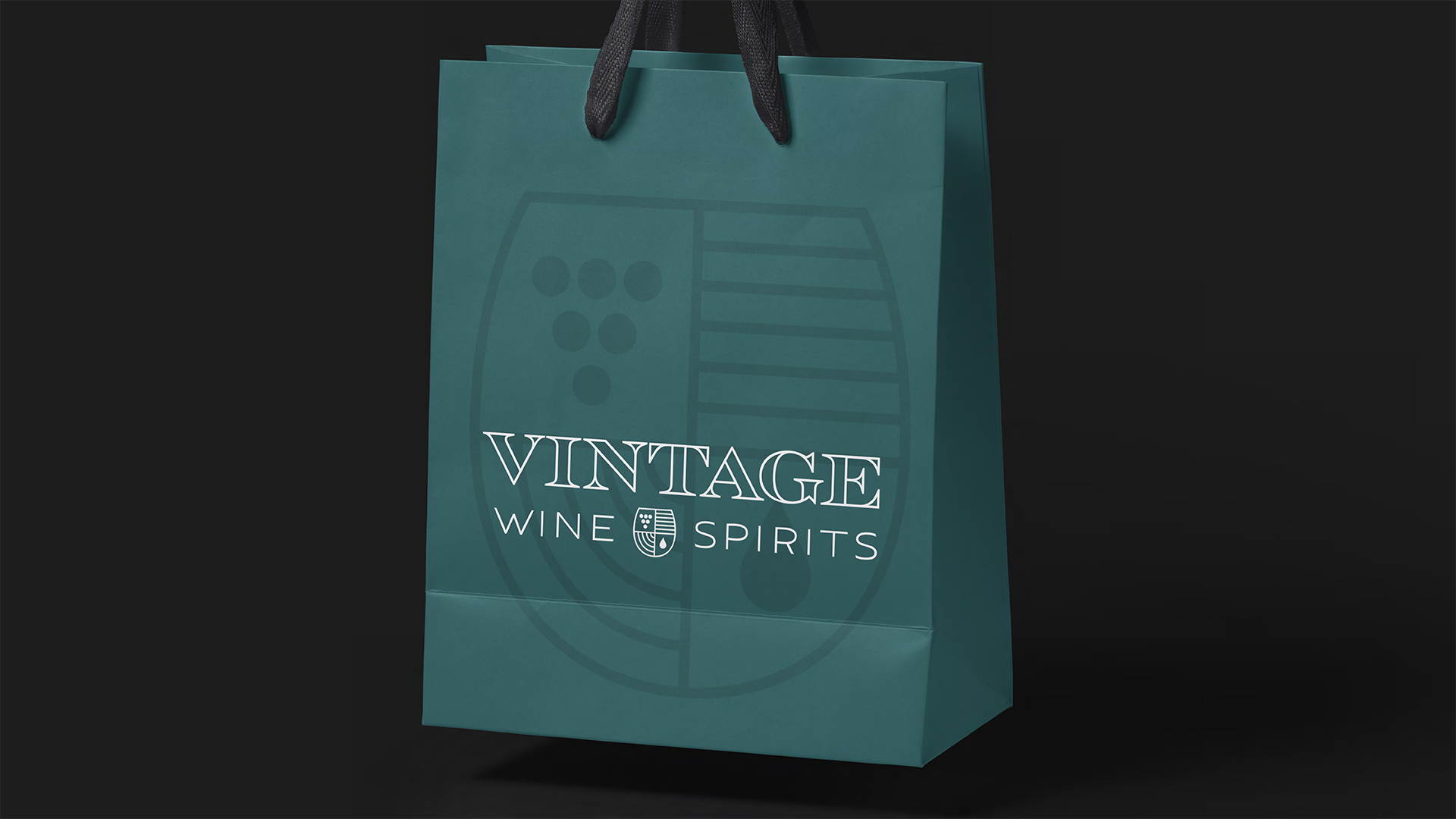Few drinks symbolize celebration quite like Champagne. Whether you’re toasting a milestone, ringing in a new year, or just indulging in something special, Champagne delivers an experience that’s crisp, elegant, and deeply rooted in history.
But what exactly is Champagne? And how does it differ from other sparkling wines, like Prosecco? In this guide, we’ll uncork the origins, styles, and key characteristics that make Champagne truly one of a kind.
What Is Champagne?
Champagne is more than just bubbly wine—it’s a protected name tied to a specific region in northeastern France. Only sparkling wine produced in the Champagne region using the traditional method (known as méthode champenoise) can legally be called Champagne.
Protected Designation of Origin
Champagne enjoys AOC (Appellation d'Origine Contrôlée) status, meaning that everything from the grapes used to the aging process is strictly regulated. The main grape varieties used in Champagne are:
- Chardonnay
- Pinot Noir
- Pinot Meunier
The region's unique chalky soil and cool climate contribute to Champagne’s signature minerality and high acidity—traits that help it age beautifully.
Traditional Method (Méthode Champenoise)
This method involves a secondary fermentation inside the bottle, which creates the natural carbonation Champagne is famous for. The process is labor-intensive and time-consuming, involving aging on lees (yeast particles) for extended periods, resulting in complex flavors like toast, brioche, and almond.
Champagne vs. Prosecco – What’s the Difference?
A common question is: Is Prosecco Champagne? The answer is no—but the confusion is understandable. Both are sparkling wines, but their differences are significant and worth knowing.
Region of Origin
- Champagne: Made exclusively in the Champagne region of France.
- Prosecco: Produced in northeastern Italy, primarily in the Veneto region.
Production Method
- Champagne: Uses the traditional method, with secondary fermentation in the bottle.
- Prosecco: Uses the Charmat method, where secondary fermentation happens in stainless steel tanks. This preserves fruitiness but results in less complexity.
Flavor Profile & Texture
- Champagne: Dry, with notes of citrus, apple, brioche, almond, and minerals. The bubbles are fine and persistent, offering a creamy texture.
- Prosecco: Typically lighter, fruitier, and more floral—think pear, melon, and honeysuckle. The bubbles are softer and less persistent.
Price
Due to the complexity of its production, Champagne is usually more expensive than Prosecco. However, the investment often reflects in the depth and nuance of flavor.
When to Choose Each
- Choose Champagne for: weddings, anniversaries, upscale dinners, or whenever you want to make a luxurious impression.
- Choose Prosecco for: casual gatherings, brunches, or cocktails like the Aperol Spritz.
Explore more in our Prosecco Guide or compare directly with our Sparkling Wine vs. Champagne breakdown.
Types of Champagne and How to Enjoy Them
Understanding the different styles of Champagne can help you select the right bottle for any occasion.
Styles of Champagne
- Brut: The most common style—dry and crisp with minimal sugar.
- Extra Brut: Even drier than Brut; excellent with oysters or caviar.
- Demi-Sec: Sweeter and often paired with desserts.
- Rosé Champagne: Made by blending red wine into the cuvée or using skin contact; perfect for romantic evenings.
- Blanc de Blancs: Made exclusively from Chardonnay—light, elegant, and perfect as an aperitif.
- Blanc de Noirs: Made from Pinot Noir and/or Pinot Meunier—richer and fuller-bodied.
- Vintage Champagne: Made from grapes of a single, exceptional year.
Food Pairings and Serving Tips
- Brut & Extra Brut: Great with sushi, seafood, and creamy cheeses.
- Rosé Champagne: Pairs well with duck, lamb, or even spicy food.
- Demi-Sec: Excellent with fruit tarts, chocolate, and soft cheeses.
Glassware & Temperature
- Serve Champagne in a tulip-shaped glass (not a flute) to better appreciate the aroma and bubbles.
- Ideal serving temperature: 45°F–50°F (7°C–10°C).
Storing & Opening
- Store Champagne horizontally in a cool, dark place.
- To open: Gently twist the bottle while holding the cork. Let the gas escape slowly for a soft sigh—not a loud pop.
Explore premium options on our Champagne shopping page to find the bottle that suits your taste.
Conclusion: What Makes Champagne Truly Special
Champagne is more than just sparkling wine—it’s a symbol of craftsmanship, heritage, and celebration. From its precise production to its unmistakable flavor and fine bubbles, Champagne stands in a class of its own.
Whether you’re trying to understand the difference between Champagne and Prosecco, choosing the right type for your dinner party, or learning how to serve it like a sommelier, this guide helps you sip with confidence.
Click here to explore our champagne collection.







